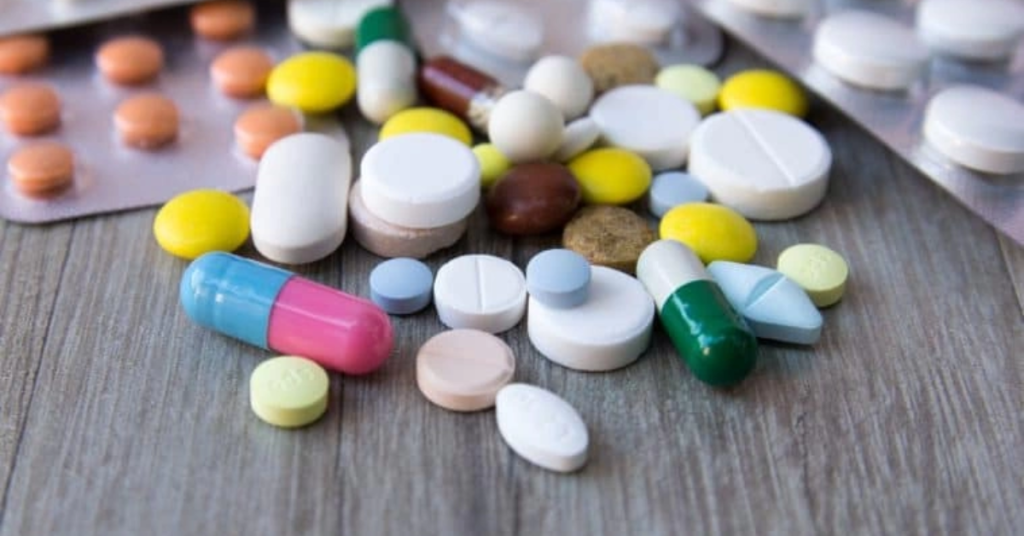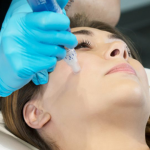Drug researchers often only have ten years or fewer of patent exclusivity on branded medications once they reach the market because the full drug development process typically takes between ten and fifteen years from beginning to end.
Step 1: Discovering New Drugs and Validating Targets
Work on discovery is done as the first step in the medication development process. Pharmaceutical companies decide which molecules, like genes or proteins, to target with a medicine.
Step 2: Testing Before Use
Preclinical testing is broken down into two parts: in vitro and in vivo testing. In vitro testing examines drug molecules in a lab, while in vivo testing uses animal models and living cell cultures.
In Vitro Testing
In vitro testing looks at how the drug molecules react in test tubes in a lab environment.
In Vivo Testing
Drug compounds are examined using animal models and other living cell cultures during in vivo testing.
Step 3: Apply an Investigational New Drug
Before starting human clinical trials, the FDA must receive an application for an investigational new drug. The FDA analyzes the preclinical test reports, safety concerns, and manufacturing procedures.
Step 4: Phase 1 Research Trials
A small, healthy population participates in phase 1 trials to study safety, absorption, elimination, and potential adverse effects.
Step 5: Phase 2 Research Trials
Phase 2 trials expand the patient pool and begin to focus more on efficacy while still monitoring safety and short-term side effects.
Step 6: Phase 3 Research Trials
Phase 3 trials emphasize both safety and efficacy. FDA approval for phase 3 trials is given with instructions for a primary endpoint to measure the success of the drug.
Step 7: Application for New Drugs
The FDA receives a New Drug Application (NDA), which contains all the research, safety data, and trial results from the previous steps.
Step 8: PDUFA Determination Date
The FDA announces its decision on the drug after the PDUFA date. The options are approval, denial, or a request for more details.
Step 9: Phase 4 Clinical Investigations Phase
Even after approval, long-term safety studies continue during Phase 4, with periodic reports on any adverse reactions submitted to the FDA.



